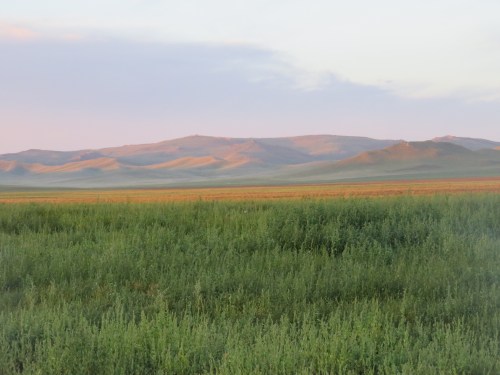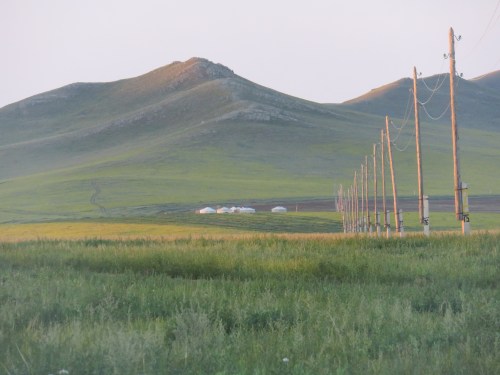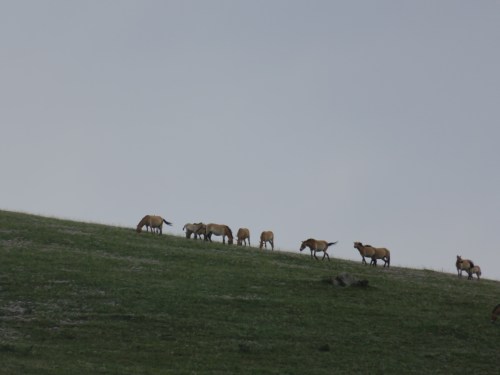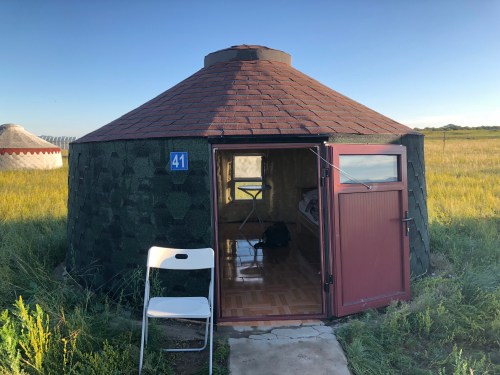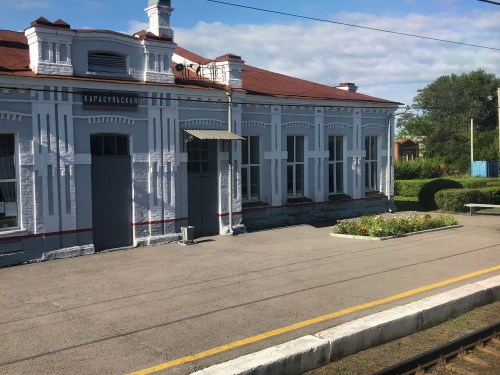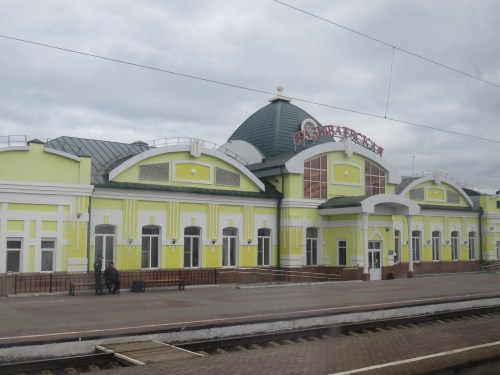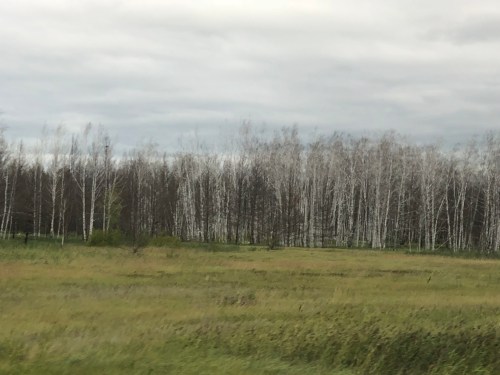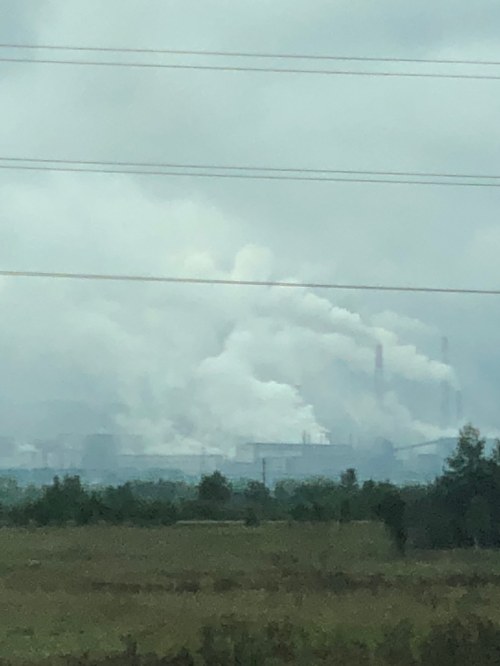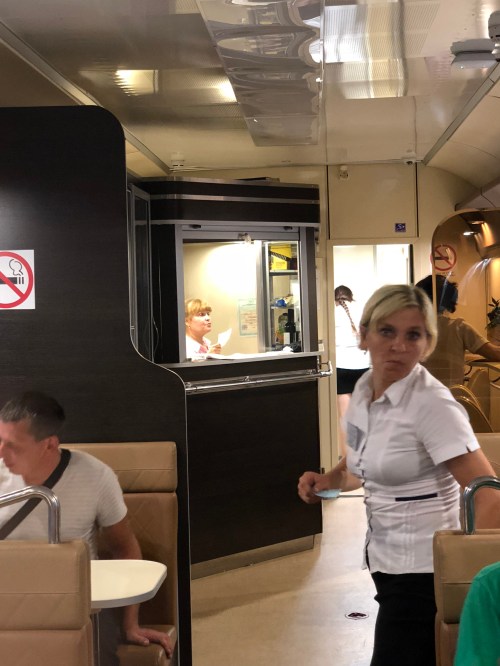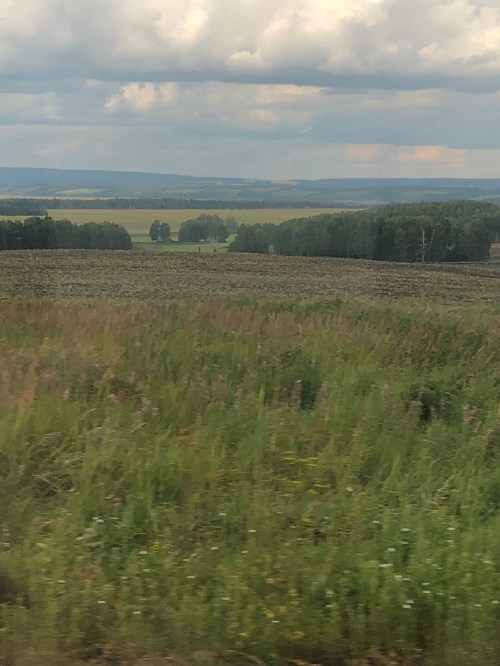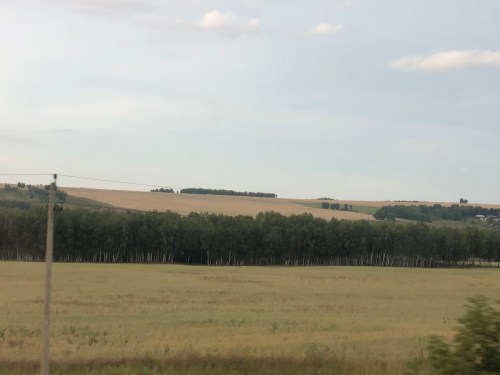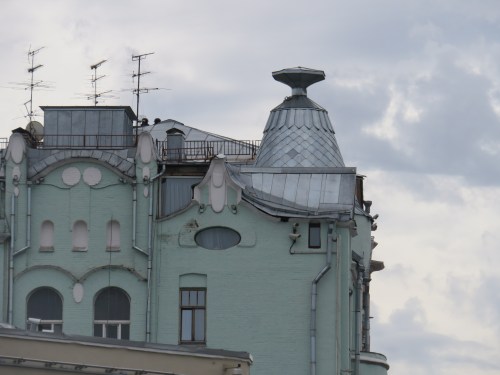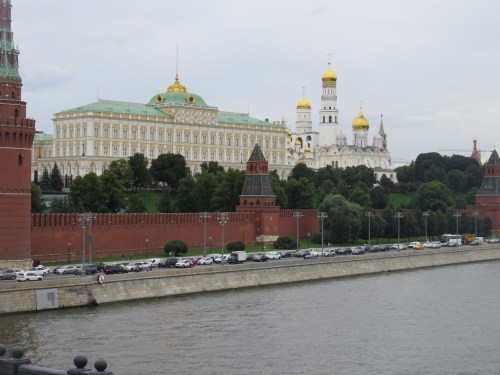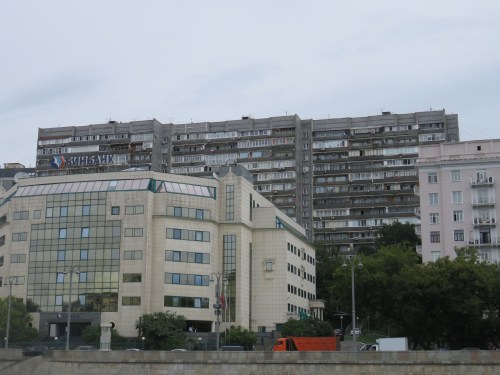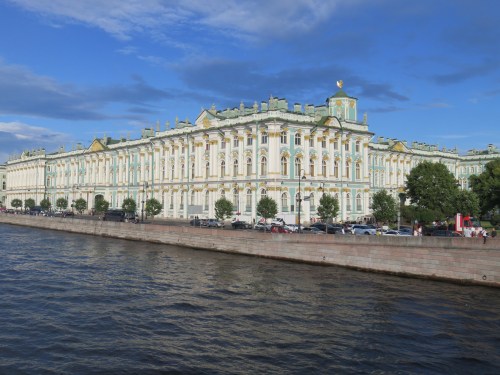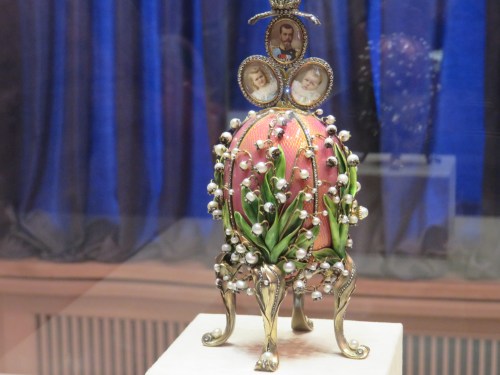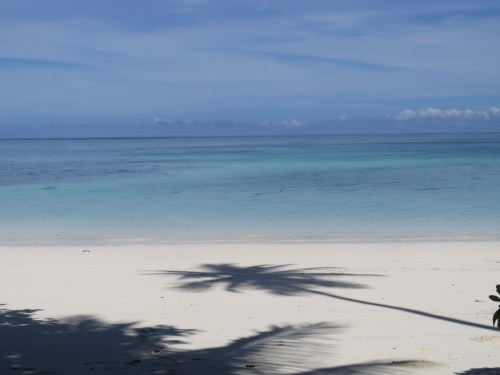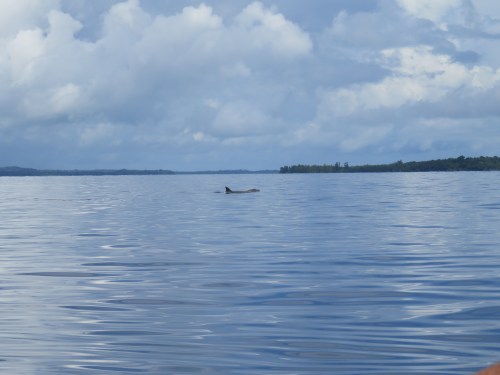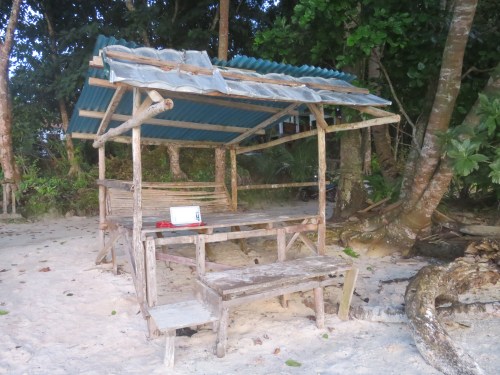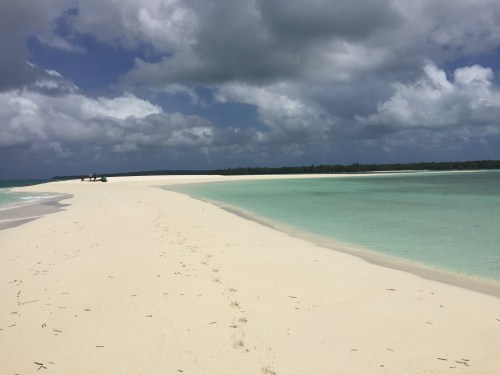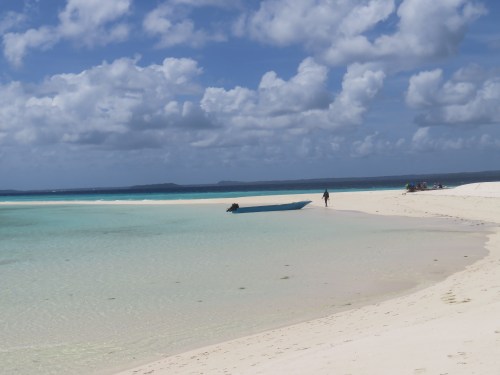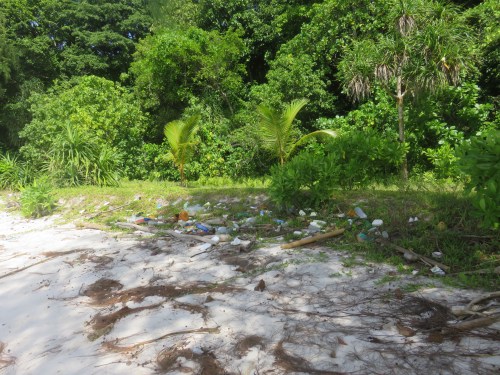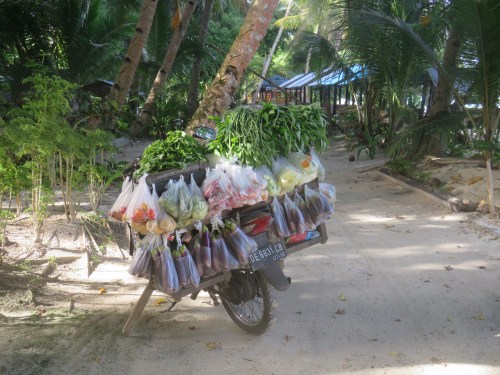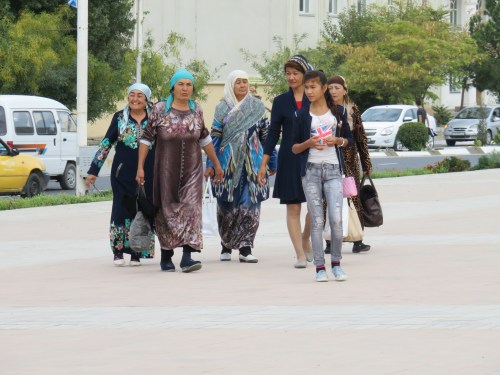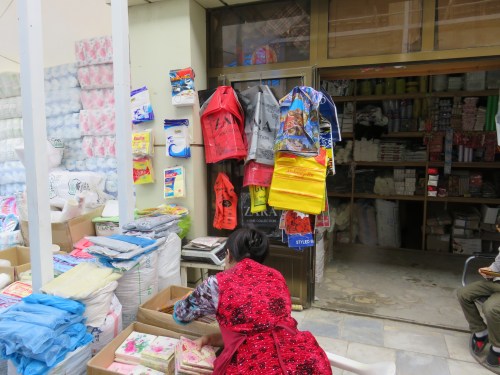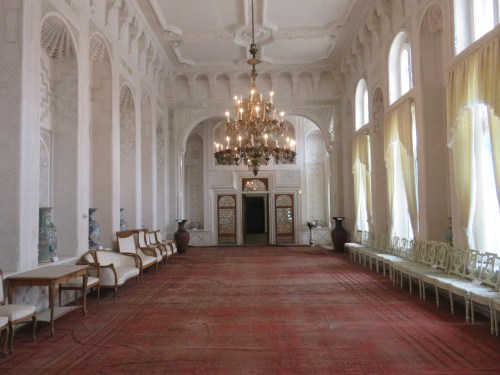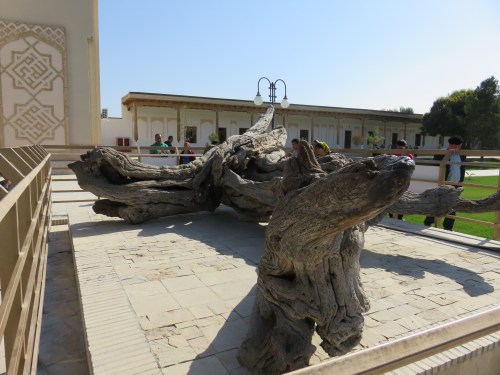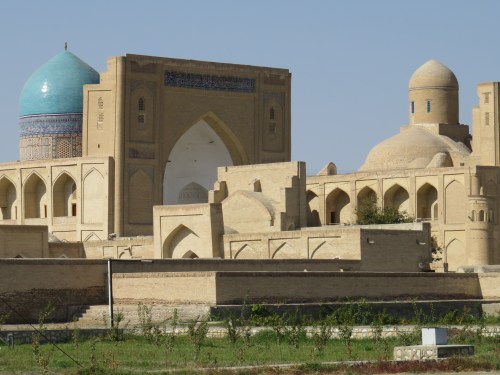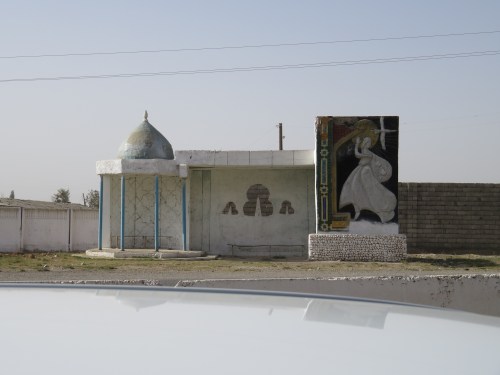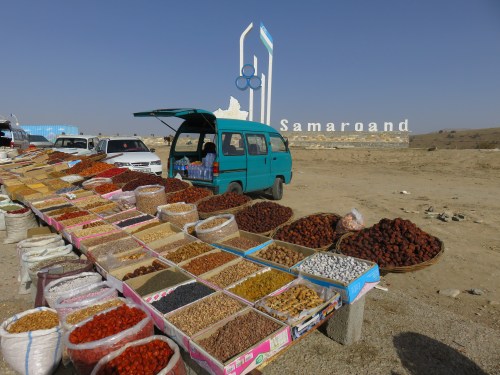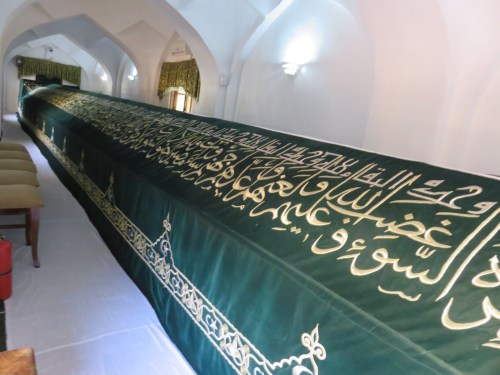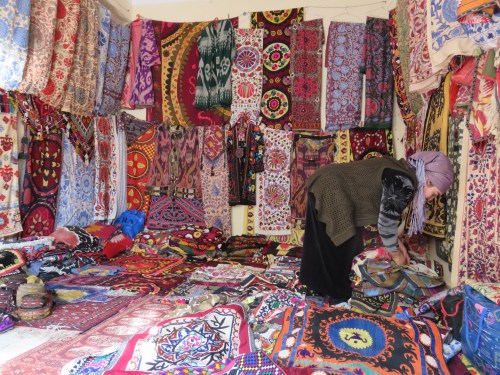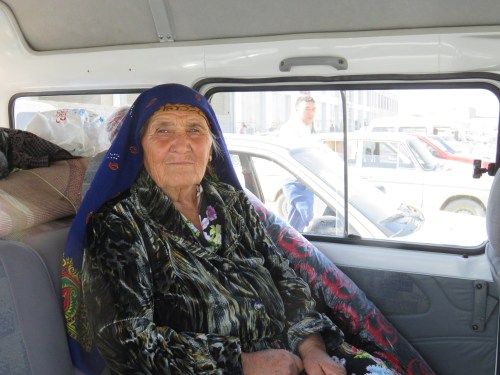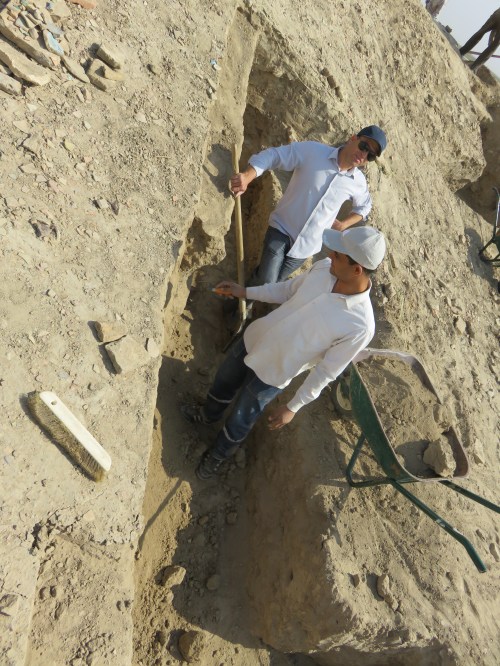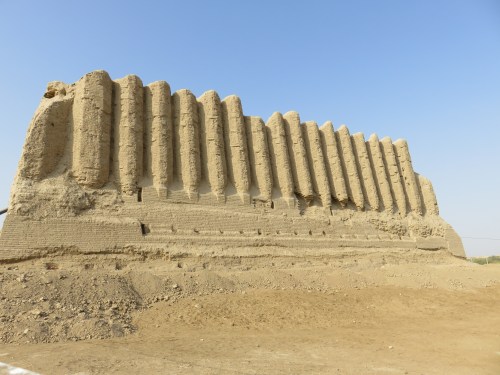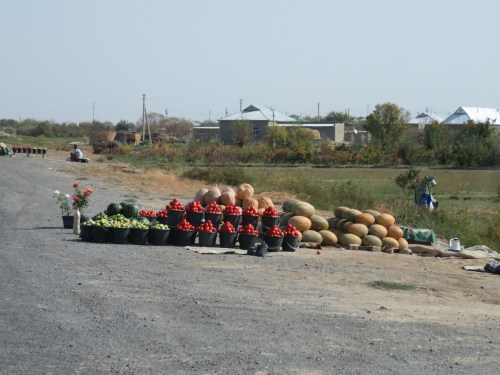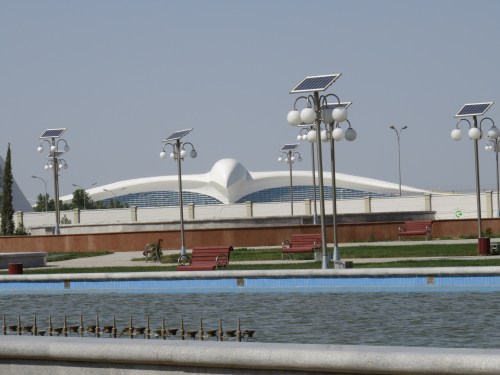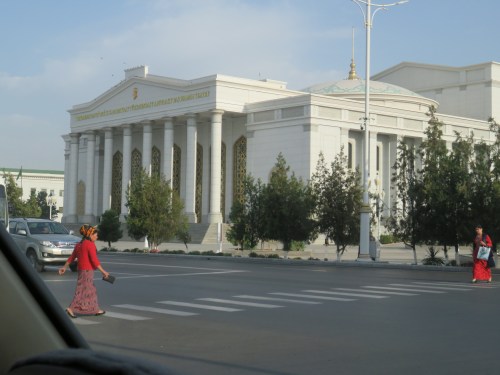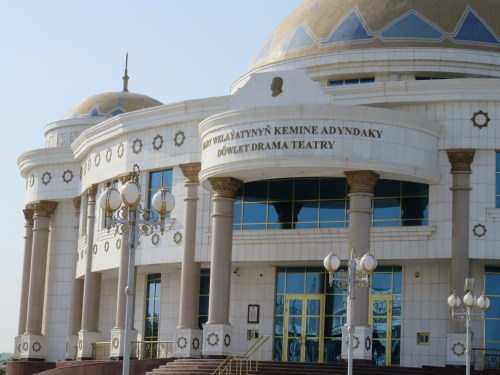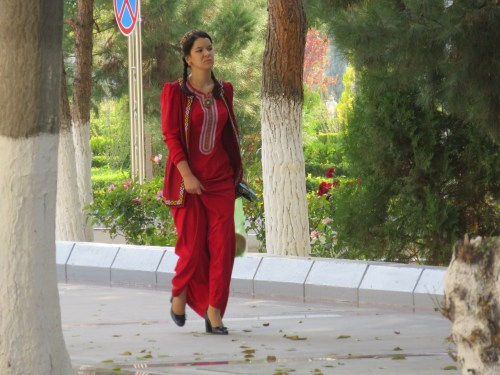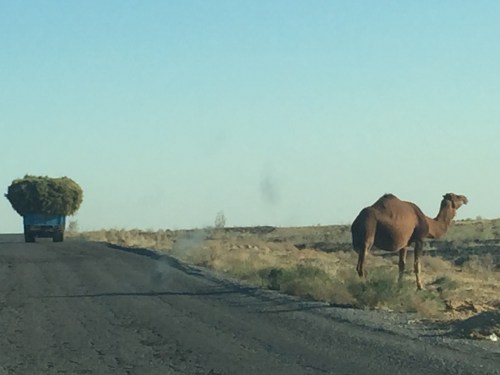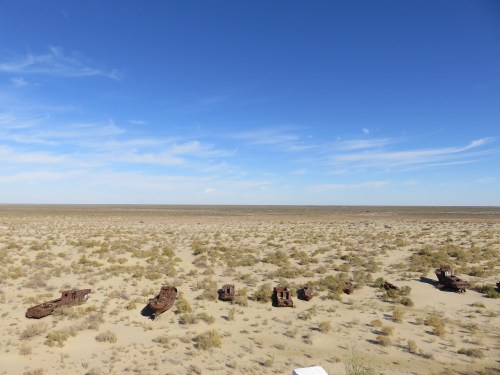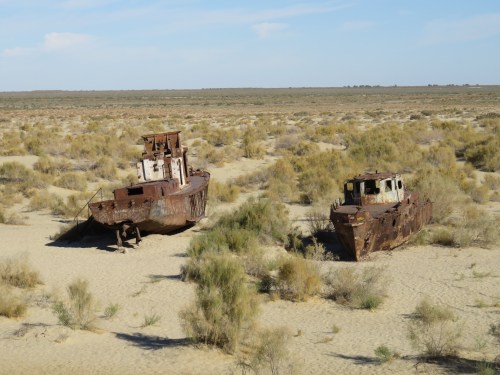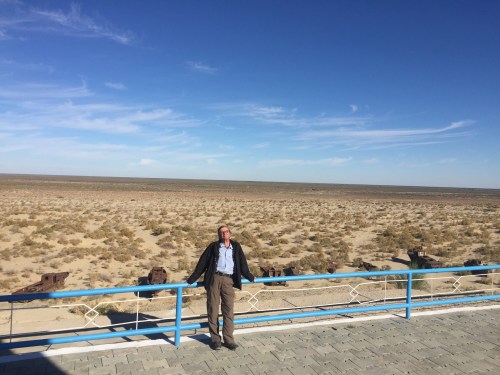It’s been a while and I’ve covered a few miles but here I am, back again with you, on the mere speck of an island, Ko Mak, off the coast of Eastern Thailand close to the Cambodian border. The claim is that nowhere on the island is more than a five-minute taxi rides away; a taxi is, by the way, a converted pickup truck called a songtaew. It’s the Off Season here and many hotels and restaurants are closed, the money exchange office is boarded up and the frequent ferries to the mainland are reduced to one per day. Again I find that I am the only guest at my residence, something that has occurred frequently on this trip, a consequence presumably of traveling during the rainy season/monsoon.
Someone suggested that I haven’t written a blog post lately is because I am so far behind that I have no idea where to start, true statement. How about an edited précis of some highlights?
A very wonderful event happened back in mid April when I was in Borneo extending my Indonesian visa, my younger son, Sebastian, turned up for a visit. He of course lives in Berkeley, California, which is hardly a day trip to Borneo but he came, all the way. He was in fact vacationing in Thailand after finishing his college course and felt he deserved a break, and why not. The delight at seeing him arrive at the airport in Balikpapan was memorable. We had just about a week ‘bonding’ on a trip up the Mahakam River in a motorized canoe with my old friend Abdullah, a guide, and his wife Diana, plus boat pilot. We were about six hundred kilometers into the interior and the facilities basically didn’t exist in Western terms, it was all somewhat on the primitive side. We did see one other bule couple the entire time (bule, pronounced boolay, Indonesian for Caucasian.) Accommodation was available and we were happy to spend two nights in a Dayak Long House complete with wood carved statues of the Ancients and so much cultural history. There were monkeys, Kingfishers, Monitor Lizards and snakes amongst other wild life but no crocodiles. Sebastian, completely unfazed by the cultural differences charmed the local people, returning their bewildered greetings ‘hello mister’ at every other step, not many bules up river. At one warung (food shack) he demonstrated his talent, acquired in India, of eating his entire meal with his hands much to the amusement of the owner who filmed the whole event, took pictures and shared them with all her friends.
But all things come to an end and with just a bit of a wrench it was time to say goodbye, I felt somewhat bereft for a long while.
I was in Port Blair in the Andaman and Nicobar Islands waiting for the ferry to Havelock Island and staying at the same BnB were an Italian couple, Eduardo and Paulo, plus two students from the famous University of Leiden in the Netherlands. The Italian couple, from outside Rome, own an olive farm and invited me to help with the next harvest, tempting. Joshua from the University was doing postgraduate studies in Astronomy and tagged his trip to the Andamans, with his friend Alexandrina who is studying Clinical Psychology, onto the end of an astronomy conference in Mumbai. I’ve never met a fully-fledged astronomer before and had to ask him if there was any truth in the old adage that there are more stars in the Universe than grains of sand on all the beaches in the world. Well, he said, in the known/observable universe there are two hundred billion galaxies each containing one hundred billion stars, but he said he hadn’t started counting grains of sand yet. I’m still trying to come to terms with that. We all met up again for my birthday on Havelock Island which was so kind of them, there was cake and the hotel staff filled my bed under the mosquito net with balloons.
Another people story this time from the Kei Islands where sitting down for dinner at the communal table at the homestay a guy walked in and said ‘ hang on, weren’t you here a year ago?’ Marco from Switzerland, a train salesman, was doing a month long Master Diver course on Kei Kacil and remembered me from my last visit to the edge of the world. Not only that but a few weeks previously I had answered an ad for a week long liveaboard trip around Raja Ampat from a woman who had been let down by a friend and was offering the trip for half price. I thought it sounded like a good deal but the timing was a bit off so eventually I had to decline. At the homestay there was a German couple, Ully and a very sick girl who was confined to her room for the duration. After a few days we determined that the sick girl, Cathrin, was the same girl I had been communicating with weeks before. I never did meet her I hope she recovered. It was suggested that she had Dengue Fever, maybe.
That’s probably enough of the people stories, How about a run down of places briefly.
New Delhi was the same as ever, crowded and polluted, five visits to the dentist in two days and on may way as quickly as possible. Varanasi, old Banares, was something of a let down after hearing so much about it over the years. Certainly the ghats on the banks of the Ganges were impressive, incredible architecture, quite beautiful but I couldn’t help feeling I was intruding. The city is perhaps the main pilgrimage destination for the Hindu religion and well, I’m not Hindu. Camera toting tourists abound snapping happily away at what I really considered to be private acts of worship, maybe I’m just being petulant. I did enjoy the back alleys, just about wide enough for a scooter and a person, the smells, the color and getting completely lost.
Kolkota, old Calcutta, was a revelation. I thought it would be hot and horrible, quite the reverse as it turned out. I stayed at a tiny hotel in the University district and I have never seen so many bookshops, bookstalls, and book tables, book booths. Many of the vendors specialized in educational tomes about the railways, which perplexed me until I realized that of course, Indian Railways is the biggest employer in the world and everyone wants to work for them. There is a massive Memorial to Queen Victoria set in a vast manicured park set about with statues of Her Majesty, quite surprising. I took a boat ride on the Hooghly River, crossing another item off my bucket list.
I see that I am way over my usual word count but can’t leave without an honorable mention of Banda Naira. There seems to be a problem with so called ‘fast boat’ which takes six hours from Ambon, the twice-weekly plane was out of action and that left the Pelni ship as the only alternative. The Pelni Shipping Line serves the whole of the Indonesian archipelago. Not all seventeen thousand islands but certainly the major ones and has suffered from a somewhat dubious reputation over the years. There were tales of rampant theft of passengers, gross overcrowding and a tendency for their ships to sink. Mita, the friendly owner of the Maulana Hotel on Banda Naira assured me on the phone that I would be just fine and after some vagueness about the sailing time we set off from Ambon, only four hours late. It was a night crossing so I slept most of the way and in the morning there was the welcoming sight of Mount Api, the active volcano that dominates the tiny island group. Happily there is little to nothing to do on Banda, liveaboards come to visit and the divers swim around at night watching the Mandarin fish. There are some old Dutch forts, a lively market but the main attraction is to just sit and watch the activity on the bay and around the harbor. I never tired of it even after ten days.
I mentioned the Andaman and Nicobar Islands didn’t I? Now there’s a place to get away from it all. It is just off the coast of Thailand but distinctly Indian and the only way in or out is via India, The main town, Port Blair, is not particularly inspiring, just a busy port and docks for the Indian navy. There are some gruesome reminders of the last days of the British occupation of India that I chose to miss out on. But Havelock Island is as near to Paradise as you can imagine. There is a beach there, Radhanagar, which frequently is mentioned as one of the best beaches in the world. Miles of the whitest and softest sand I have ever seen, the water is warm and clean (no plastic, yet) and there are no people. Extraordinary and a great place for a birthday.
I could go on and on but you might be losing interest so I’ll wind up with just mentioning Chettinad in South India. A truly remarkable place almost half way between Madurai and Pudicherry. If staying in a restored palace in the desert appeals to you I suggest you look it up.
Thanks for getting to the end!
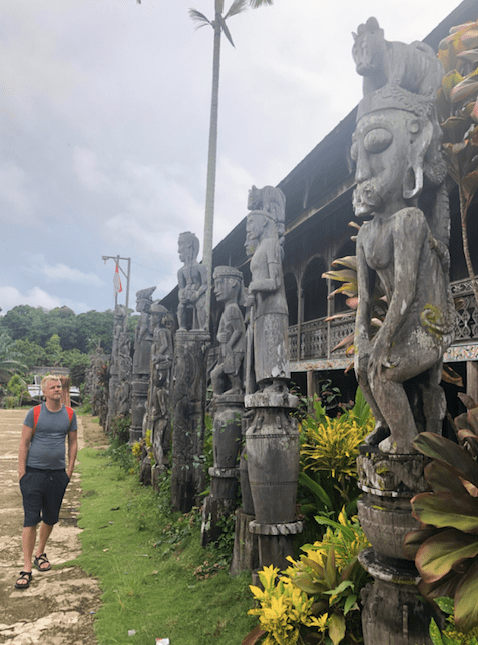
Sebastian at a Dayak Longhouse

Holy men or Sadhus of Varanasi

Radhanagar (or beach#7) Havelock Island, Andaman and Nicobar Islands
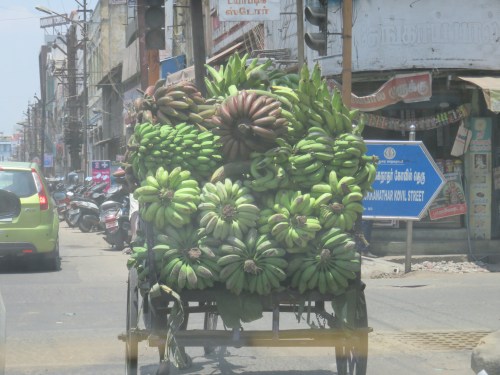
Need a banana?

South Indian Temples in Madurai

So many Temples!




